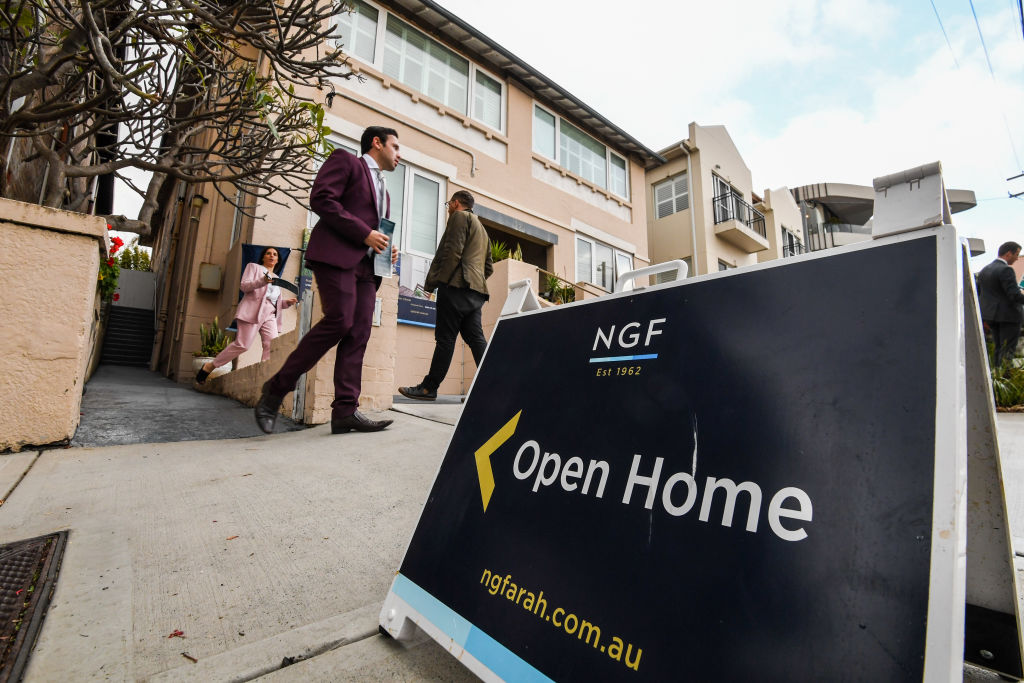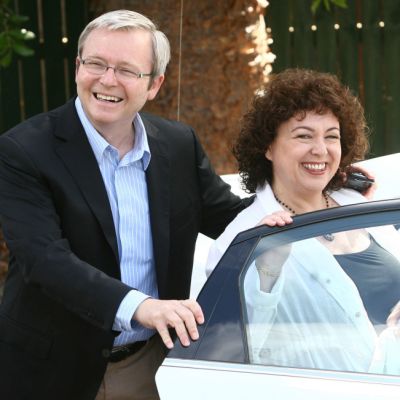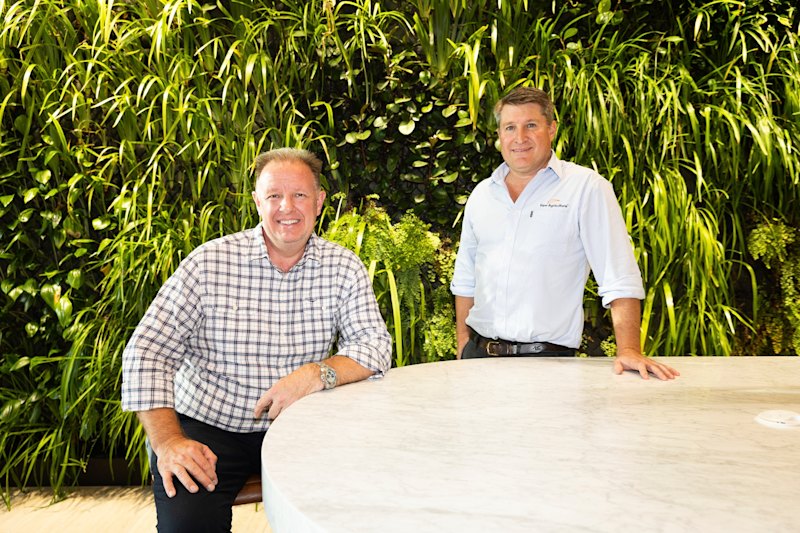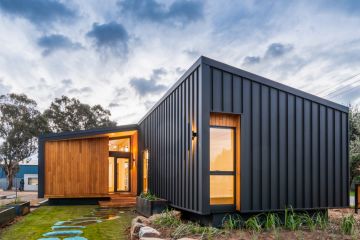Homes are selling faster than last year despite bushfires and pandemic: Domain data

Properties in Australia’s biggest capital cities are selling faster than this time last year despite the country’s tumultuous period of bushfires and a pandemic, new figures show.
Even though the current economic outlook is uncertain, homes had been languishing on the market in the first half of last year amid a crackdown on lending and widespread reluctance to do deals before the federal election.
With only serious buyers in the market now, and few sellers, any new listings are being snapped up fast.
It took 69 days on average to sell a Sydney house by private treaty in the June quarter, down from 87 days a year earlier, Domain data shows.
Sydney units took 69 days to sell, down from 93 a year ago.
Melbourne houses are being sold in 59 days, down from 76, while units in the Victorian capital sold in 67 days, down from 84.
Domain economist Trent Wiltshire said last year’s market was even softer than expected.
“It shows how soft the market was in the June quarter last year during the election period … properties were taking a long time to sell,” Mr Wiltshire said, adding that he was surprised by the strength of this year’s market.
He said despite properties in the two major cities being snapped up, there was still a lot of reluctance to buy in the current climate.
“The surveys about consumer sentiment [show] a lot of people think now is a good time to buy but people also think prices are going to fall a bit further … [and are] willing to hold off and wait for prices to fall.”
He said days on market could be improving as the sheer lack of homes for sale sees new properties snapped up quickly.
“New listings, which bottomed out in April, started to rise again in May and June. Some of those properties listed more recently have sold quite quickly.”
Average days on market, houses, June quarter 2020
| Adelaide | Brisbane | Canberra | Gold Coast | Hobart | Melbourne | Perth | Sydney | |
| DOM, June quarter 2019 | 97 | 89 | 73 | 110 | 50 | 76 | 133 | 87 |
| DOM, June quarter 2020 | 99 | 90 | 74 | 98 | 56 | 59 | 165 | 69 |
| DOM, YOY% change | 2% | 1% | 1% | -11% | 12% | -22% | 24% | -21% |
Source: Domain
In other cities, sellers are taking longer to offload their properties.
Perth has seen a 24 per cent increase in the amount of days on market before a house sells via private treaty, the largest jump for capital cities.
It took even longer for Perth units to sell, increasing 26 per cent year-on-year in the June quarter.
Mr Wiltshire said despite some signs of Perth’s market improving in 2019, it has taken a harder hit than the rest of Australia.
“There are some indicators that suggest the market could be turning around,” he said. “Population growth is rising and the rental market is a lot stronger and the vacancy rate has come down.
“But the days on market [data] is pointing in the other direction … things are still pretty slow there.”
Average days on market, units, June quarter 2020
| Adelaide | Brisbane | Canberra | Gold Coast | Hobart | Melbourne | Perth | Sydney | |
| DOM, June quarter 2019 | 124 | 134 | 101 | 129 | 60 | 84 | 145 | 93 |
| DOM, June quarter 2020 | 128 | 150 | 127 | 130 | 45 | 67 | 182 | 69 |
| DOM, YOY% change | 3% | 12% | 26% | 1% | -25% | -20% | 26% | -26% |
Source: Domain
Brisbane and Gold Coast units are also taking longer to sell via private treaty.
Brisbane units have seen a 12 per cent increase while the Gold Coast has risen by just 1 per cent, due to a combination of oversupply and fewer buyers, Mr Wiltshire said.
“A big part of that is the tourism weakness,” he said, adding there was also an increase in distressed sales.
The Agency general manager Victoria Peter Kakos said the housing market has been far more resilient than expected.
He said there was a balance of motivated buyers and sellers willing to meet the market.
“The motivation levels of those that are selling are quite high. There is another part of this equation. The buyers in the market are genuine buyers as well,” he said.
“The other reason things are transacting quickly is for the simple premise that there is massive supply shortage.
“[Volume] is considerably low so therefore buyers don’t have the luxury of choice. There’s no panic-buying either but they also don’t have as much choice so they can’t sit and wait.”
Ray White NSW chief executive Jason Andrew said despite the bushfires and a pandemic, record low interest rates offered a tailwind for the market.
“Based on where we were at last year, coming out of the federal election … it wasn’t the strongest of markets but it finished off really well. It would have slowed down the days on market [last year].”
He said there was so much post-September speculation that there was a real urgency to buy in the past few weeks.
“Everyone’s talking about what happens post-September but that depends what side of the transaction you sit on. There are reasons to sell. The supply is down and demand is up.”
We recommend
States
Capital Cities
Capital Cities - Rentals
Popular Areas
Allhomes
More










